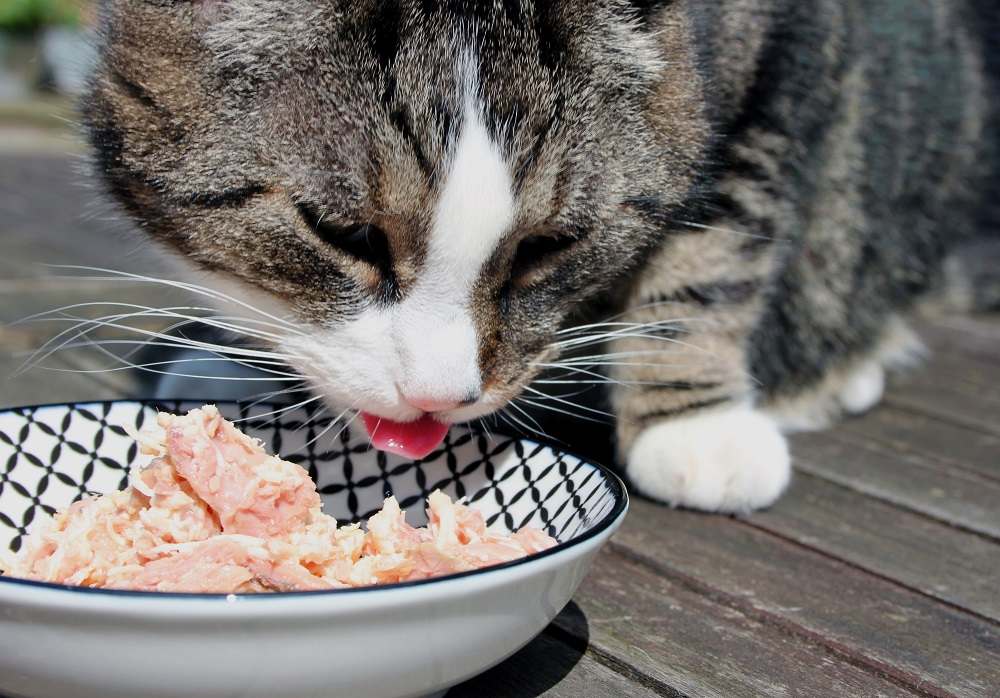
There are countless cat foods on the market and, with so many options available, it pays to be informed.
What’s best for your cat depends on numerous factors including their life stage, activity level, and health status. But good cat food is good cat food.
Let’s cut through the confusion and learn what makes a great cat food, what defines an excellent cat food brand, and check out the top brands on the market today that have never had a product recall.
At A Glance: Our Top Picks For The Best Cat Food Brands With No Recalls




Want a quick look at the products reviewed in this article? In the comparison table below, we’ve highlighted some of the most important features of each product. You’ll find more detailed information about each product later in the article.
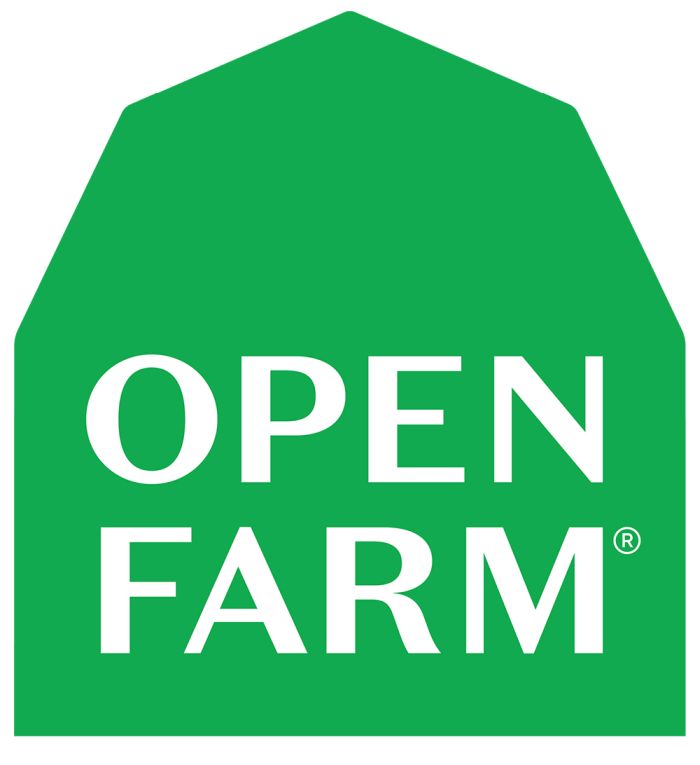
Open Farm
- Made with 98% humanely raised, cage-free chicken
- Humanely raised and sustainably sourced ingredients
- Low carbohydrate content, under 10% as dry matter
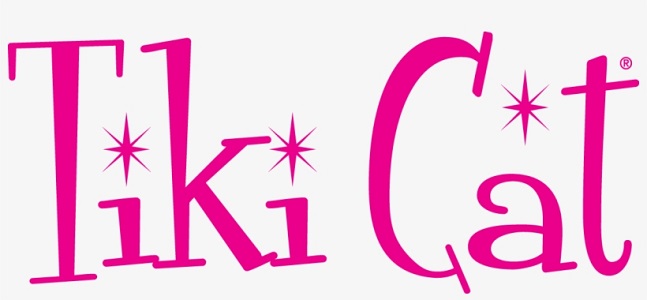
Tiki Cat
- Packed with 80% dry matter protein
- Contains no added carbohydrates
- Rich in moisture to support your cat’s hydration
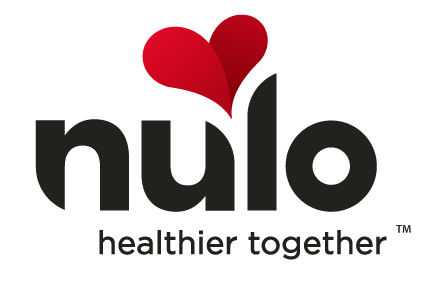
Nulo
- Fairly affordable compared to many canned food diets
- Rich in moisture to support your cat’s hydration
- Relies primarily on animal-sourced fat
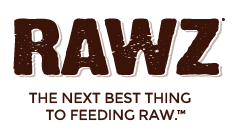
RAWZ
- Typical analysis suggests 48% dry matter protein
- Contains a blend of muscle meat and organs
- Free from artificial additives, fillers, and gum thickeners

Ziwi Peak
- Made with a single source of novel animal protein
- Species-appropriate blend of muscle meat, organs, and bone
- Rich in moisture to support your cat’s hydration

Young Again
- Contains about 60% dry matter protein
- Relies primarily on animal-sourced fats
- Low carbohydrate content under 5%
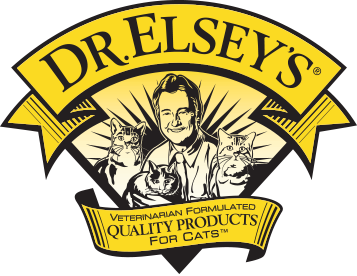
Dr. Elsey’s
- Appears to be a meat-focused recipe
- Lab tested at around 70% dry matter protein
- Contains only about 8% dry matter carbohydrates
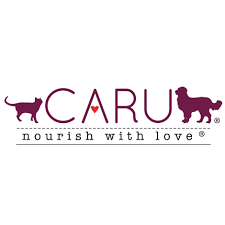
Caru
- Contains over 60% dry matter protein
- Rich in moisture to support your cat’s hydration
- Very low carbohydrate content, under 5% dry matter

Identity
- Made with a single source of quality animal protein
- Rich in animal-sourced protein and fat
- Good source of hydrating moisture for your cat
Why Should You Trust Us?
We’ve reviewed over 200 of the world’s most popular cat food brands and hundreds of different formulas. We’ve spent hours researching, contacting pet food companies, analyzing labels, and reading customer reviews. With the help of our cats, we also got hands-on experience with most of these foods.
Finally, we consulted 7 veterinarians to get their professional opinion on what makes a great cat food.
Our Veterinary Advisors
- Sarah Wooten, DVM, CVJ
- Chris Vanderhoof, DVM, MPH
- Sarah Reidenbach, DVM
- Chyrle Bonk, DVM
- Jamie Whittenburg, DVM
- Albert Ahn, DVM
- Elizabeth Youens, DVM
How Did We Make Our Selections?
The best cat food is meat-centric, moisture-rich, and low in carbohydrates but not ever cat food that meets these requirements earns our experts’ recommendation.
When evaluating cat food, we thoroughly research the brand that makes it to ensure they follow safe manufacturing practices, source their ingredients from reputable suppliers, and maintain a strong reputation for quality and customer satisfaction.
Here are the four indicators we used to assess brand quality in making our selections:
- Product Quality – Our top-recommended brands produce cat food that is species-appropriate for cats according to the nutritional requirements outlined below.
- Recall History – The brands on this list have never had a product recall.
- Sourcing and Transparency – Reputable cat food brands are transparent and intentional about the sourcing of their ingredients, prioritizing ingredient quality and safety over cutting costs.
- Customer Satisfaction – All the brands on this list have a generous collection of positive customer reviews across multiple platforms and a history of handling customer concerns quickly and effectively.
Let’s dive in to our top picks for the best cat food brands that have never been recalled.
The Top 9 Best Cat Food Brands
What Are The Qualities Of Healthy Cat Food?
https://cats.com/wp-content/uploads/2018/08/British-Shorthair-Cats-wet-food.jpg
For obligate carnivores like your cat, meat isn’t a single component of a varied diet. It’s a biological necessity. Obligate carnivores cannot survive without the nutrients found in fresh meat.
In the wild, cats would consume plant matter found in the GI tracts of their animal prey. They also naturally nibble on grass. Aside from these tiny amounts of plant content – which don’t exceed 10% of a cat’s diet — a natural feline diet doesn’t contain fruits and vegetables. Particularly alien to a biologically correct diet are high-glycemic ingredients like grains and potatoes.
The Best Cat Food Brands Include Meat As The First Ingredient.
It’s key to find food made with species-appropriate protein. A cat food packed with plant protein is less digestible and less nutritious than one made with highly digestible animal protein.
Meat, poultry, or fish should be the first ingredient – ideally accompanied by supplemental sources of animal protein like meat meal and organs. Whole, named sources are best but animal by-products aren’t necessarily bad for your cat.
The problem with by-products is that we don’t know what’s in them. We don’t know how digestible they are. In the case of vaguely named by-products (i.e., poultry by-product meal vs. chicken by-product meal) we don’t know what types of animals contributed to the by-product slurry. If your cat is allergic to a specific protein, this could be an issue.
Cats need hearty doses of protein, but nourishing, digestible protein is expensive.
For cat food manufacturers focused on the bottom line, plant protein is a cheap way to pump up protein percentages. You’ll see it on pet food labels in the form of ingredients like corn gluten meal, potato protein concentrate, soybean meal, or pea protein.
The inclusion of plant proteins isn’t ideal, but it’s better as a minor inclusion in a meat-based recipe than as part of a predominating theme of vegetable matter.
The Best Cat Food Brands Don’t Include Any Dangerous Or Risky Ingredients
There’s simply no good reason to include ingredients that don’t contribute to your cat’s overall health and nutrition. This goes for additives like artificial flavoring, food dye, and sweeteners. Even more important, however, is avoiding ingredients that could be a direct detriment to your cat’s wellbeing.
Artificial Colors
One artificial color commonly used in cat food is caramel color. This artificial coloring may contain 4-Methylimidazole, a chemical used to make drugs that increase lung cancer in mice.
Even if you weren’t aware of the dangers of caramel color, you probably know about the risks surrounding several other food dyes. Controversial dyes include Yellow 5, Yellow 6, and Red 40. These artificial colors are linked to cancer and behavioral problems in humans and animals.
Many cat foods are treated with preservatives like Ethoxyquin, BHA, and BHT. These chemicals are connected to organ disease, cancer, and skin problems. It’s easy to find products that aren’t treated with BHA and BHT. Vitamin E is an effective and safe alternative.
Ethoxyquin, however, is a challenging bullet to dodge. While it’s an uncommon pet food preservative, it’s a popular preservative for fish meals. When those fish meals enter your cat’s food, the ethoxyquin is still there, but indirectly added ethoxyquin doesn’t make it onto the label.
This is why transparency is crucial. The best brands monitor every part of the supply chain and tell customers about the origins of the ingredients.
Carrageenan
This natural seaweed-derived ingredient is often used in moist cat foods as a thickener and binding agent. It’s under scrutiny for its inflammatory effects, however, and numerous studies demonstrate links between carrageenan consumption and health problems.
The potential health effects of carrageenan are diverse and include such serious issues as fetal toxicity, ulcerative colitis, immune suppression, and cancer.
Other studies oppose these findings, leaving carrageenan a continually controversial ingredient. Until we’ve seen any conclusive evidence to the contrary, it’s a good idea to regard carrageenan as a risky ingredient.
The Best Cat Food Brands Offer Moisture-Rich Food
You’ve heard it before. Cats have low thirst drives, meaning that it’s easy for them to under-hydrate. In your cat’s ancestral environment, desert cats might get most of their water from their prey.
A freshly-killed animal is a veritable water balloon, made of about 70% water. Compare that to your cat’s moisture-devoid dry kibble. Diets and lifestyles have changed, but your cat’s disinclination to drink water from a bowl hasn’t.
Cats on dry diets may become chronically dehydrated, leading to serious conditions like feline lower urinary tract disease and kidney failure. Homemade raw food, commercial canned food, and rehydrated freeze-dried food are moisture-rich choices that help keep your cat hydrated and healthy.
Also Read: Best Cat Water Fountain: Top 8 Fountains to Keep Your Cat Hydrated
Choosing A Brand With Integrity
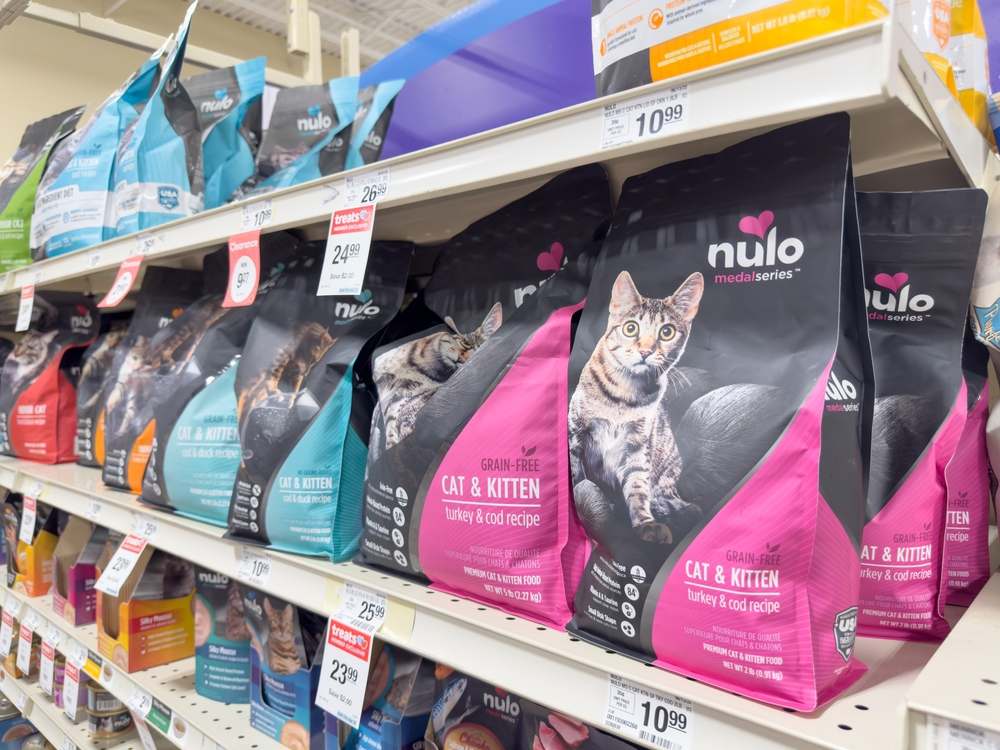
A Clean Recall History
Recalls aren’t always indicative of a bad brand, but how a brand responds to a recall is a strong indicator of its integrity.
The worst recalls are ones that happen after cats have already gotten sick. The situation becomes worse when companies attempt to disguise the truth about what went wrong. Any lack of transparency or hint of deception in the aftermath is a dirty red flag.
But a recall can be a cat food brand’s best opportunity to show its strength. When something small goes wrong and the brand immediately issues a recall before it creates a problem, it’s a sign of integrity.
Repeated recalls, deception, and errors that had serious health consequences are all indicative of a dangerous brand. A brand that has a recall every five years isn’t one that you want to gamble your cat’s life on.
Sourcing And Transparency
You should know where your cat’s food comes from. If the company isn’t upfront about sourcing, you don’t know what you’re getting.
Some companies may obtain ingredients from loosely-regulated countries with a poor reputation for food safety. They may use meat that’s beyond subpar – think non-slaughtered animals that could carry disease or euthanasia drugs.
The best cat food brands are open about sourcing and are happy to share information on where their ingredients come from. They’ll also tell you where their products are made, by whom, and what standards for quality and safety they follow.
Customer Satisfaction
A good brand makes its customers happy. The best brands are surrounded by loyal customers who have nothing but good things to say about the food and the company behind it.
Again, problems are bound to arise from time to time, but it’s a mark of a quality brand if customer concerns are acknowledged and addressed. It’s impossible to make every single customer happy but good brands care about the people (and cats) they serve.
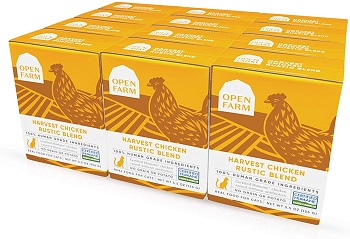
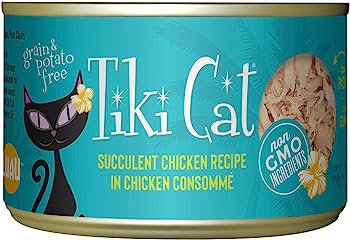
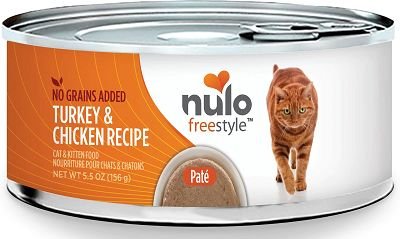
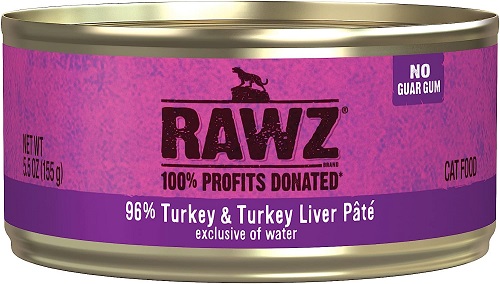
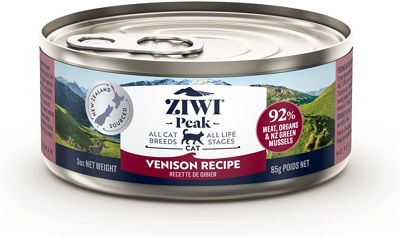
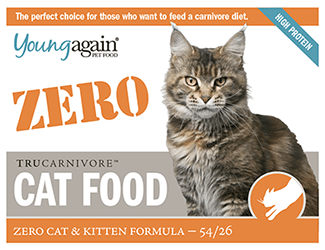
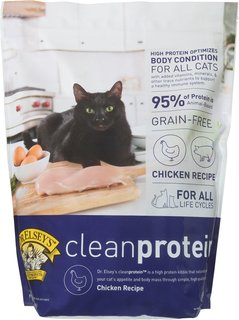
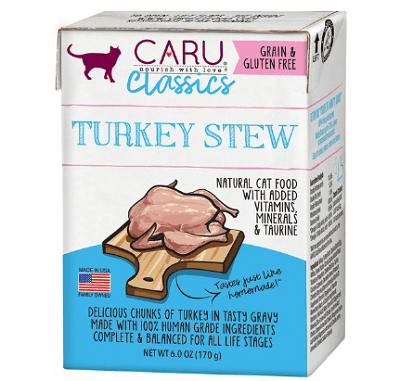
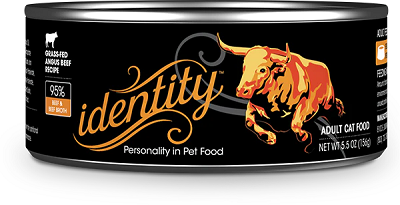

Why does Science Diet & Royal Canin refuse to disclose where they source their ingredients? After all, at the price we pay transparency should be up front. In addition to their questionable ingredients and monopoly on the pet food industry. It should be criminal.
Hi Chr,
So true
we share your concerns about transparency, particularly given the premium prices charged for these brands, are valid. We as car parents increasingly demand more transparency, not just in the pet food industry but across all consumer goods. While these companies emphasize the quality, safety, and nutritional benefits of their products, their lack of transparency on sourcing can indeed raise questions about their practices and the value consumers receive for the price they pay.
Good day Mallory,
I appreciate your response! To be honest with you I was only able to notice that because I use your website a lot and I value all the work and effort that you put into it. I was desperate for solutions and it made me a bit frustrated. I’m sorry if my comment came across as harsh criticism. I didn’t mean any harm. I am actually really grateful for all you do! Because of your research I was able to save my cats health! Thank you so much for all the hard work ðŸ™ðŸ»
It’s absolutely okay! I’d be frustrated, too, and it’s important that we’re aware of these issues and able to correct them. Besides making sure that you get good information, my reputation is on the line, so I’m very grateful to be made aware of things that may undermine it. It was kind of you to come back months later to apologize—you’re the best. Take care.
Do you have any videos or articles on best cat food for cats with hypertrophic cardiomyopathy. There is very.little information on the specific brands that are heart healthy low sodium etc.
Thanks
Good question, Colleen! You’re right, there aren’t many diets specifically formulated for heart health in cats. While some cats may benefit from reduced sodium intake but overall, the priority in nutritional management of HCM seems to be maintaining healthy body composition and avoiding nutrient imbalances. Even cats with heart disease need a certain amount of sodium in their diet… the problem appears to be excess sodium from treats or foods used to disguise medication.
Here’s a detailed article about nutritional management of HCM in cats written by a licensed veterinary technician: https://todaysveterinarynurse.com/nutrition/feline-hypertrophic-cardiomyopathy-and-the-role-of-nutrition/
I thought this article is about best wet cat food brands that don’t have any recalls and instead almost every single cat food listed was involved in something… this is misleading.. how come it never mentions Tiki Cat or First Mate that actually never have been recalled (based on your website) ?
Hello there. When I originally wrote this piece in 2018, it was framed as “best cat food brands”, not “best cat food brands with no recalls”, but it seems that someone changed the title of the piece after it had been published. I’m sending an email to the site owner to see what we can do to correct this. Thank you for making me aware of it!
Hi Crystal,
Thank you for your comment!
You’re right—agar-agar, like other binders, gums, and emulsifiers, isn’t an essential additive in any cat food. These ingredients are added for texture and appearance. There’s not a cat in the world who physically requires agar-agar.
So yes, you could call it a filler, but it’s not necessarily harmful. Though agar-agar is drawn from red algae, it certainly doesn’t share carrageenan’s connection to inflammation. While adverse effects may surface in the future, it currently appears that agar-agar is entirely safe. The only potential side effects are a slight laxative effect and the feeling of fullness you mentioned, neither of which are harmful.
It sounds like you’re serious about avoiding fillers and maintaining control over your cat’s food, so you may opt for a homemade diet. Making your own cat food allows you to exert almost complete control over what goes into your cat’s body—no need to compromise.
Best,
Mallory
Agar agar is a red algae used to thicken like carragen, it gives a false feeling of fullness causing your pet to be hungry faster from my experience. It is also just a filler and is known to have other health effects